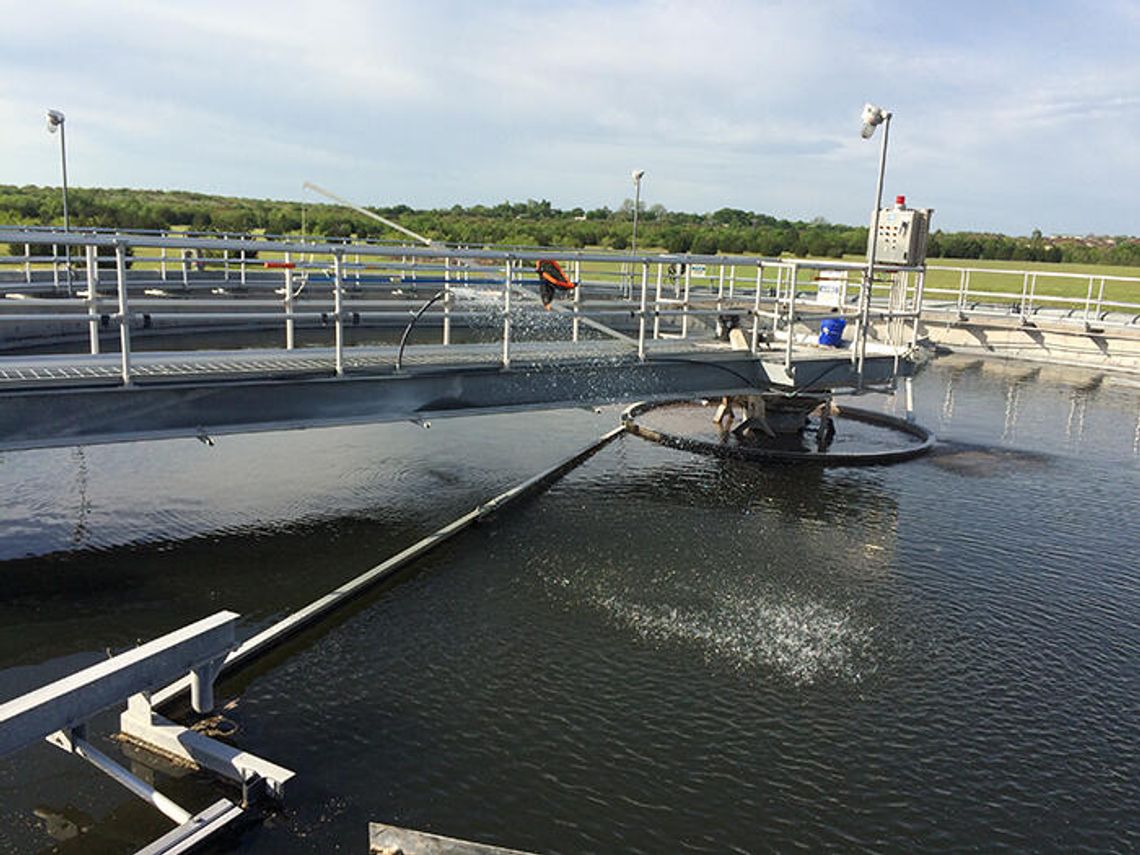Improving infrastructure for a rapidly growing area is a primary factor in the Alliance Regional Water Authority’s (ARWA) plan to construct a $227.75 million-plus wastewater treatment plant (WWTP) facility.
While the price tag is high, Kyle city leaders are supporting the premise of a cross-city partnership that could help to finance the facility, which could have a final build-out capacity of 13 million gallons/day.
Graham Moore, Alliance Regional Water Authority general manager, said May 1 the entire project is estimated to cost about $227.75 million in 2017 dollars, a price he said is more cost-efficient than renovating two existing plants. Of that total price, Kyle would tentatively be responsible for paying around $60 million.










